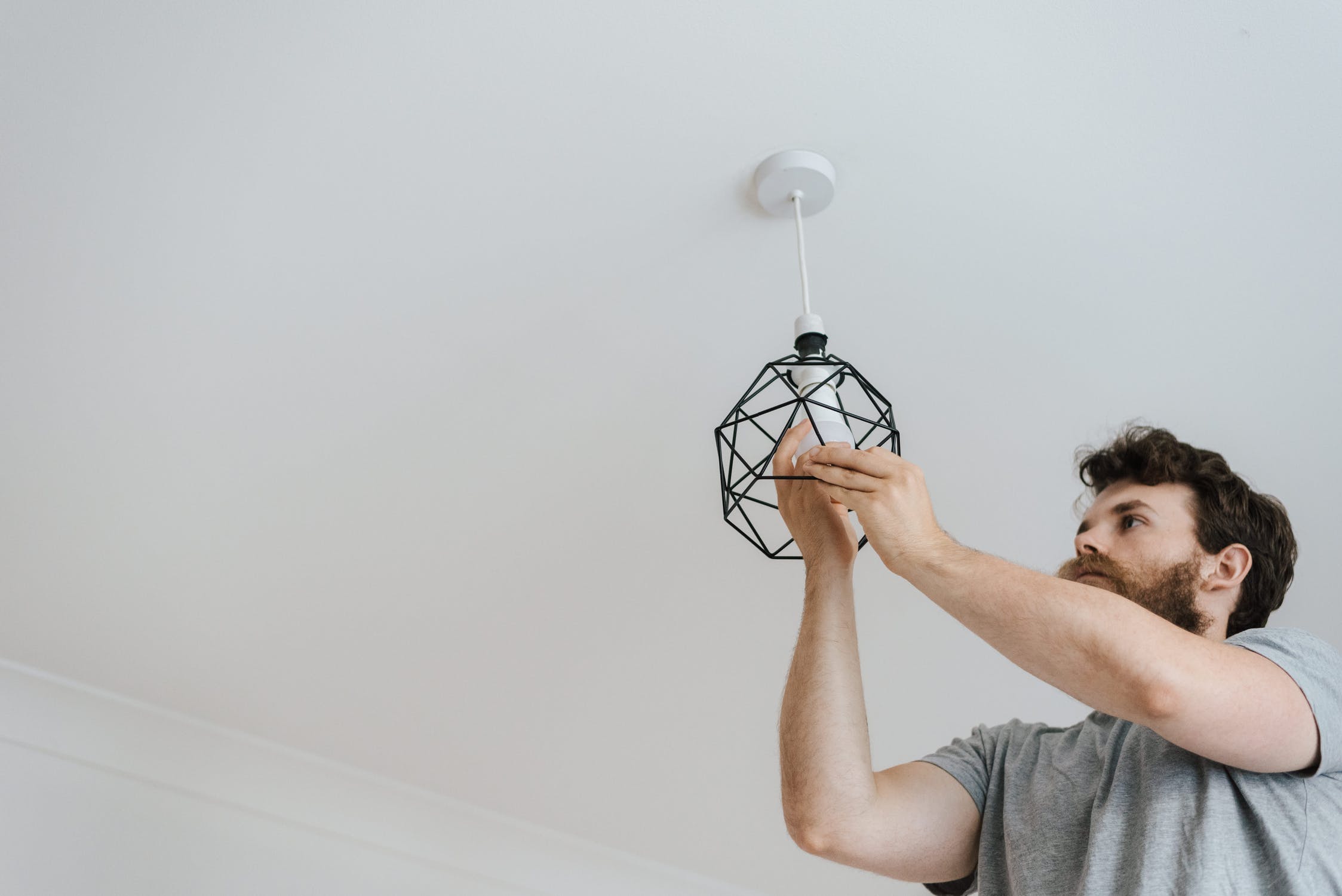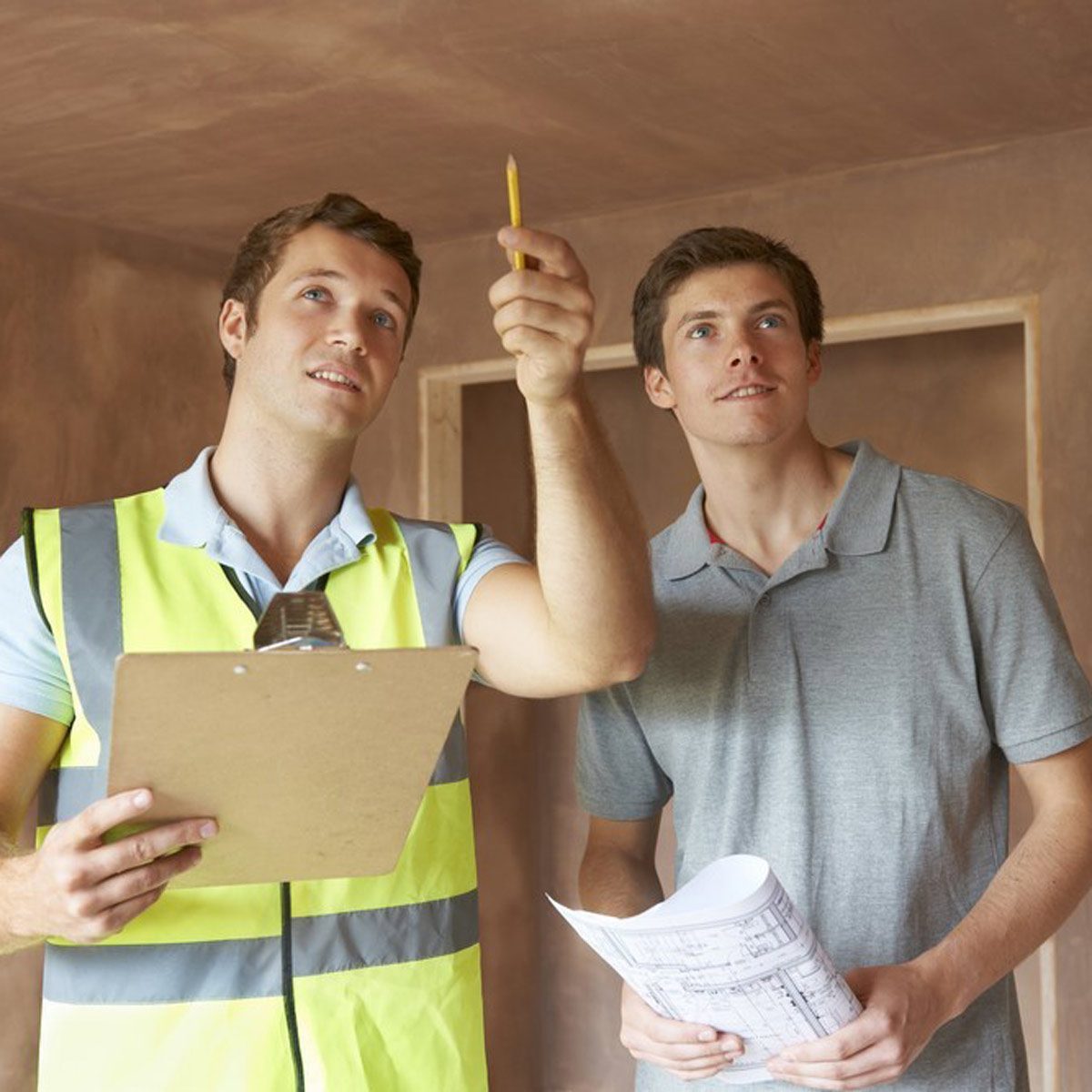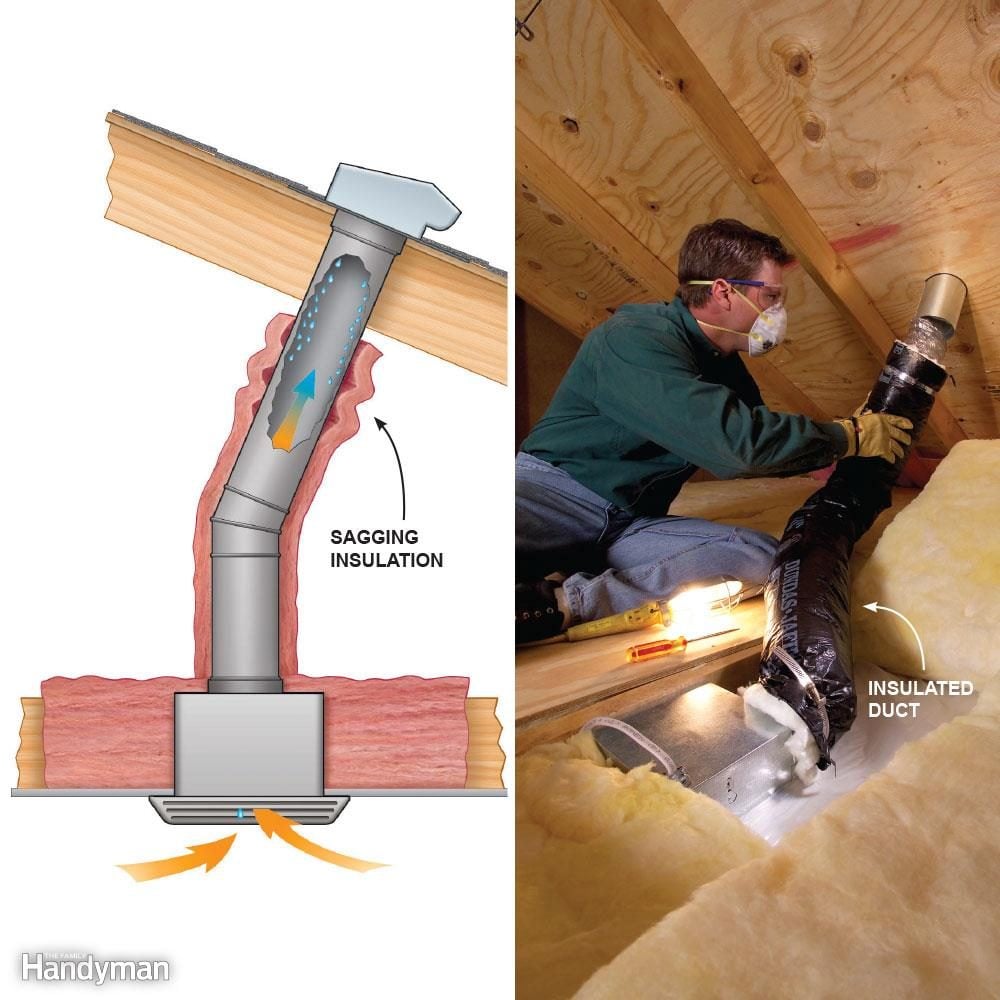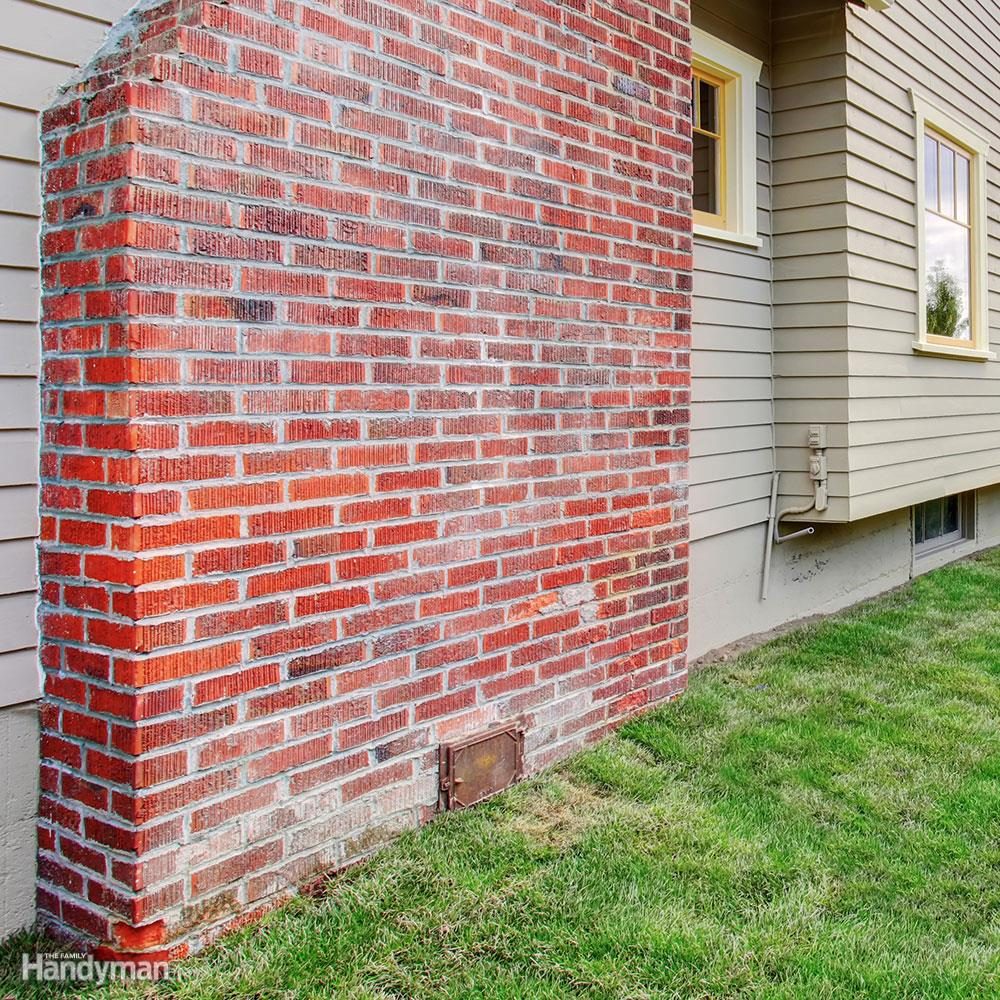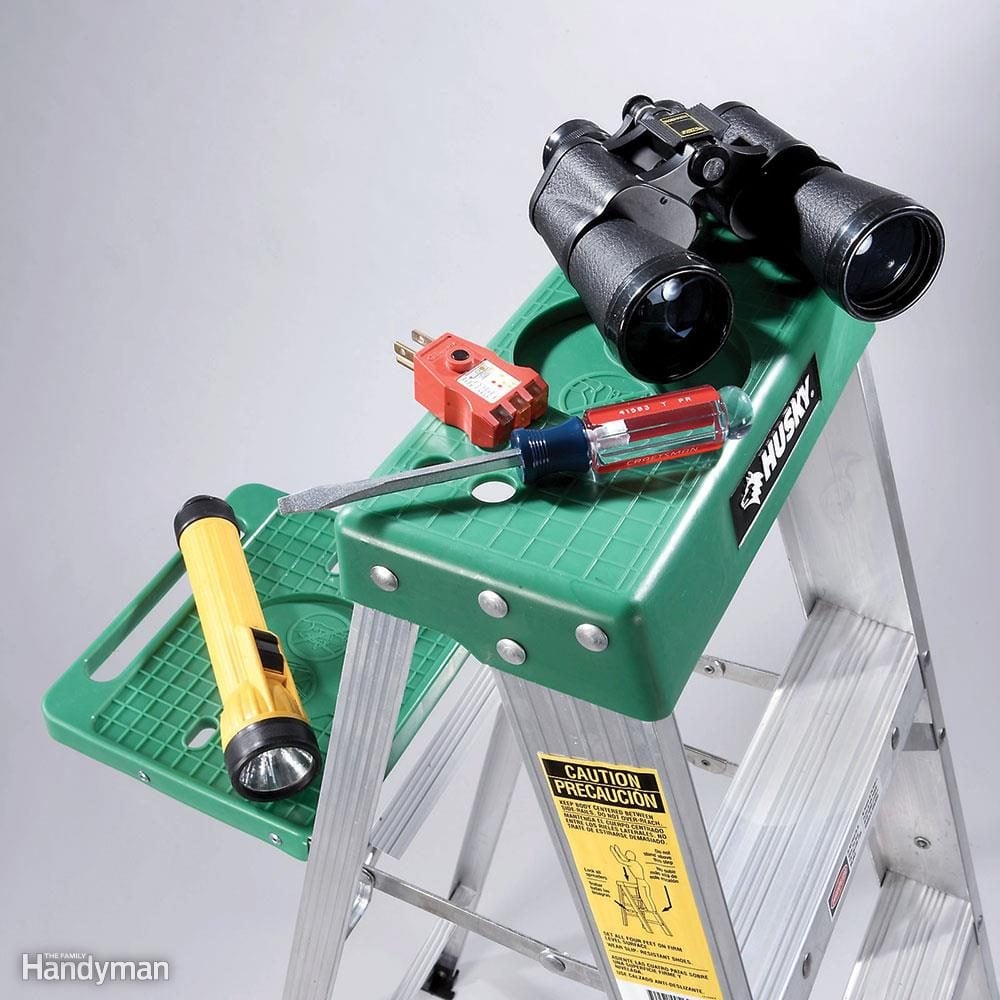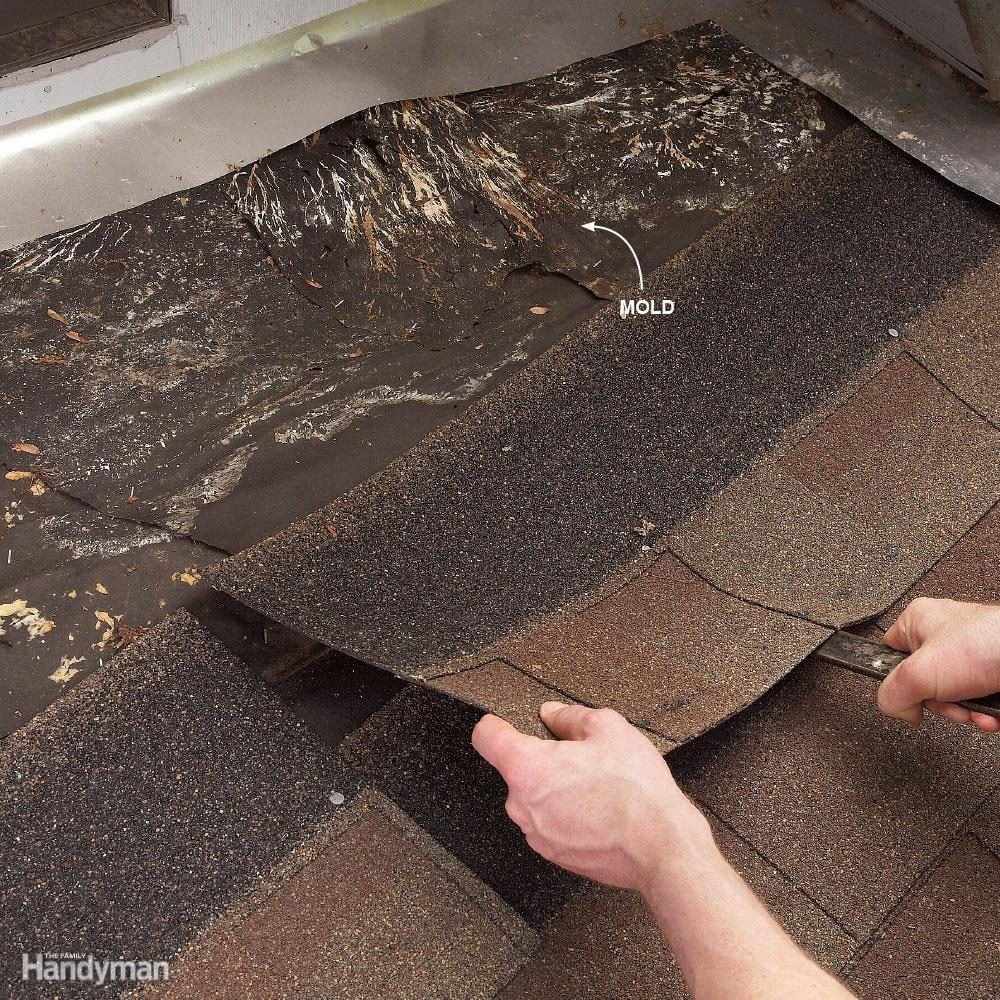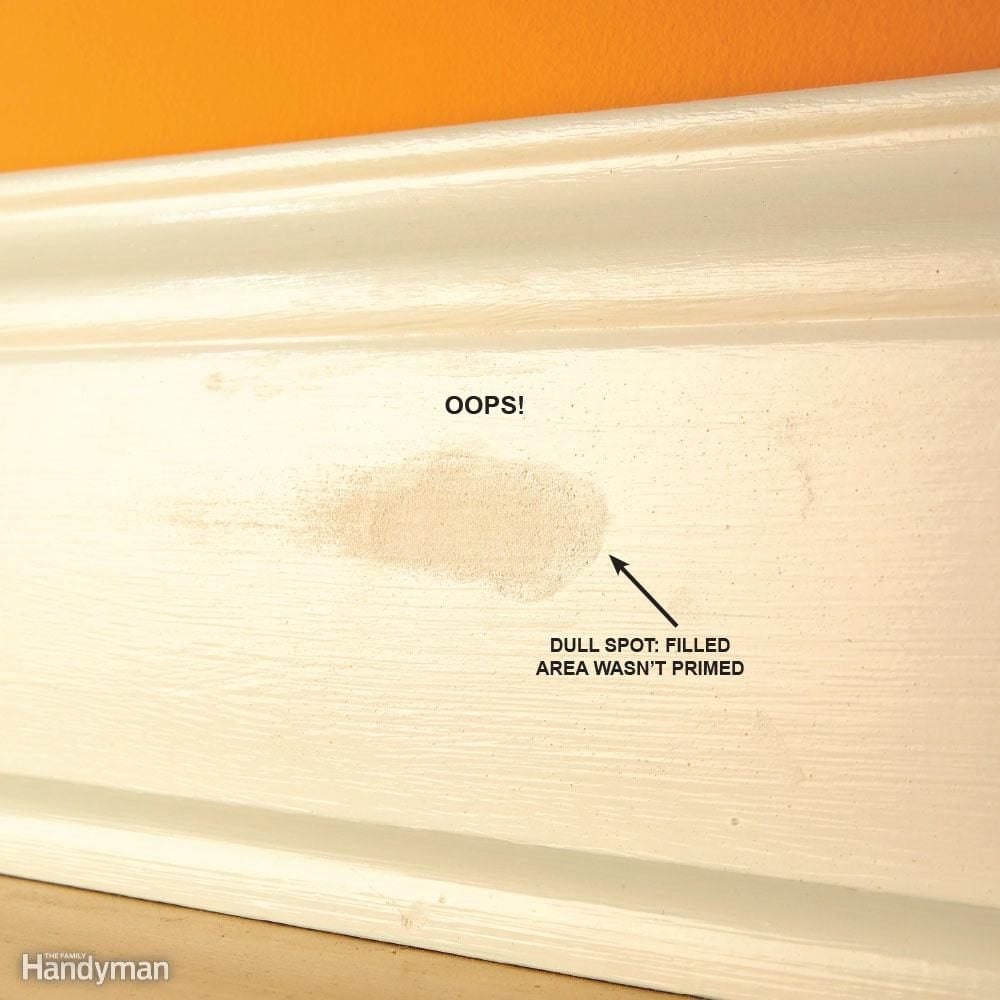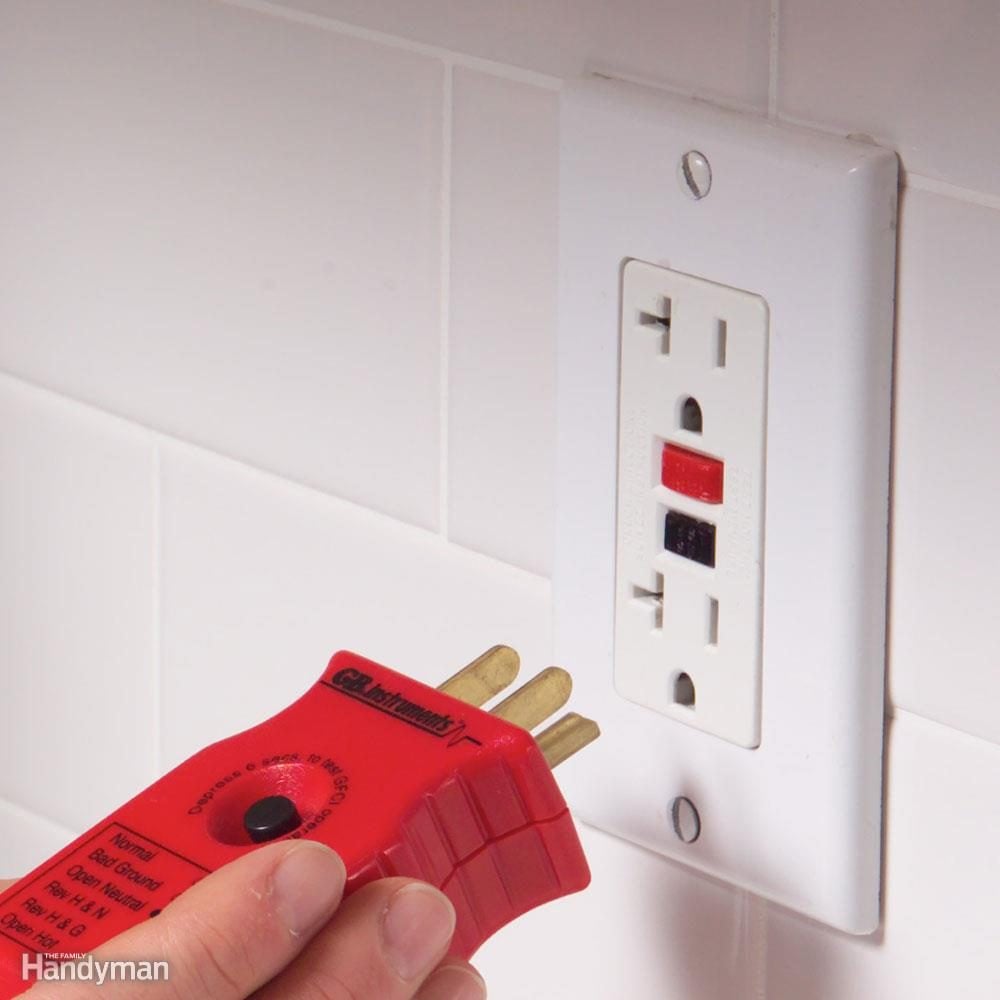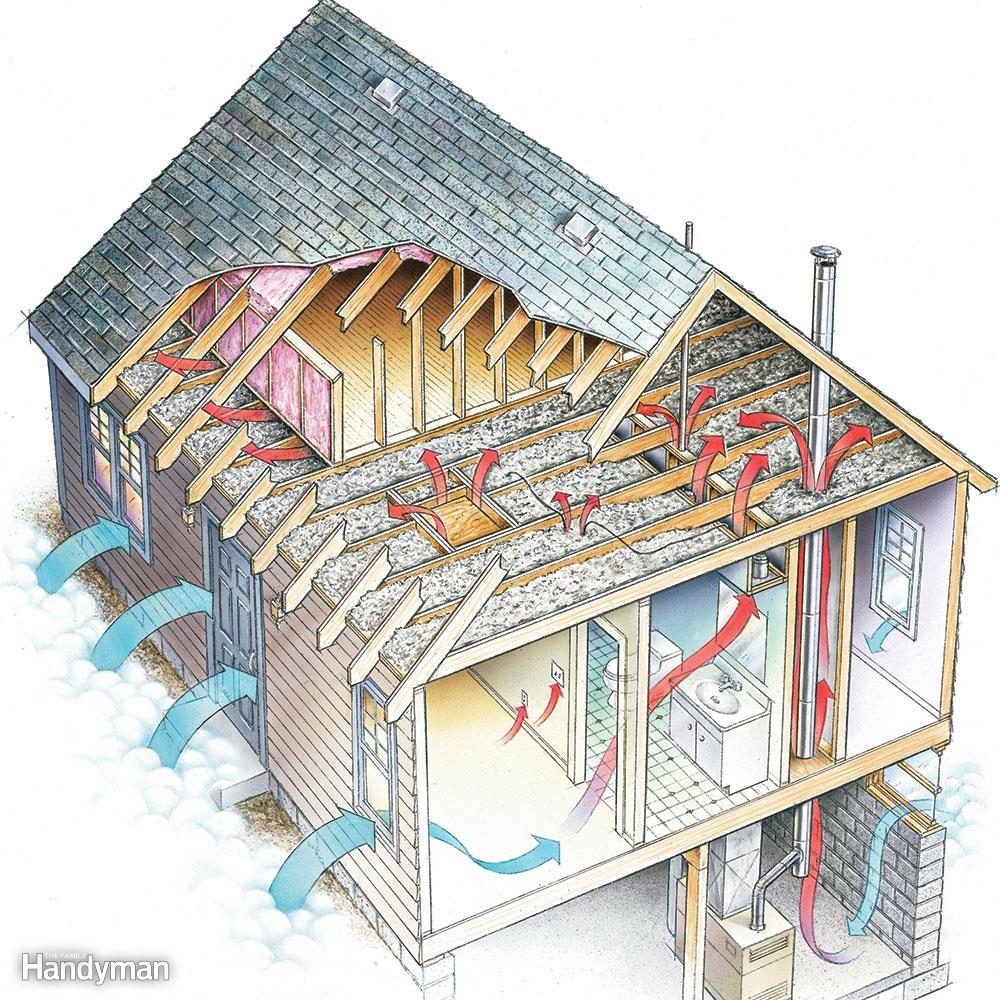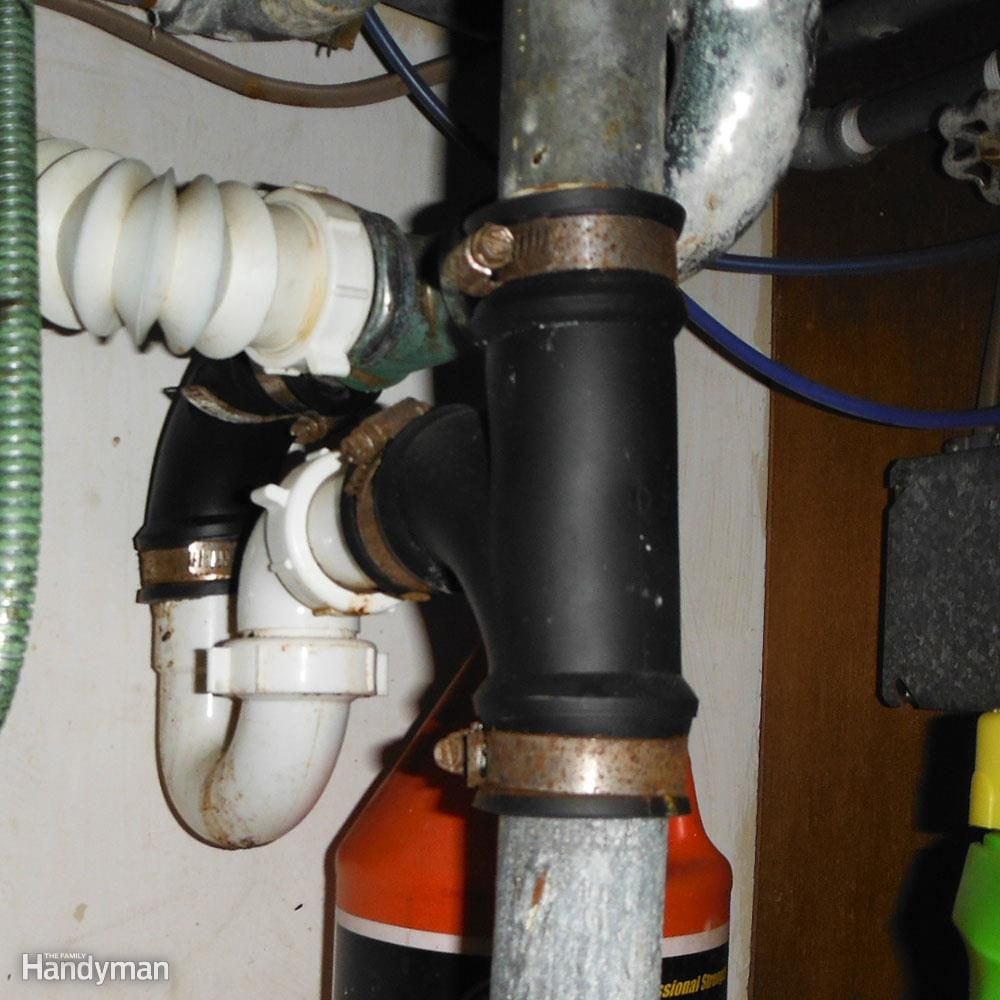Why is Gutter Cleaning so Important?
Why is Gutter Cleaning so Important?
Keeping on top of your gutter and roof health is an important part of home maintenance and improvement. Regular inspections, gutter repairs and upkeep will ensure your property is weathertight on the outside – but also prevent possible damage to the inside.

Gutters might be out of sight but should never be out of mind. To find out more, read our handy guide to all things gutters!
What is gutter cleaning?
The main purpose of gutters and guttering is to safely remove rainfall from the properties and whisk it away, into the drainage system. Gutters and roofs are not designed to hold standing water for lengthy periods of time.
Clogged gutters, caused by a build-up of debris, can hamper effective rainwater drainage and long term can cause expensive and preventable damage to your property.
Why do gutters get blocked?
Blockages are caused by a mixture of falling debris – such as leaves, twigs, moss and tile sediment, along with unwelcome plants.
Plants? Yes, gutter gardens are more common than you think!
Over time leaves and moss will break down into fertile peat and provide a welcome compost for airborne seeds and spores. With perfect growing conditions – ample rainwater and bouts of sunshine, before you know it, your down pipe is plugged with deep-rooted weeds.
Oh, and then there’s the roof moss to consider as well… as if the high-level wedding wasn’t enough to worry about.
Why does moss grow on the roof?
Moss, lichen and algae thrive in damp, dark and shady. Overhanging trees, shaded north-facing roofs and chimney stacks stop the sun from drying out the frequent rain and allow the moss to take root.
Water droplets that cling to the edge of roof tiles create a safe growing space for moss. Before you know it, that moss spore grows and coats the lip of the tile, and left unchecked, just keeps on growing… Acting like a sponge, moss absorbs and retains water, preventing tiles from drying out.
Can moss damage your roof tiles?
Come the winter, this moisture freezes and thaws, expanding and contracting, causing tiles to chip and shatter. Raised tiles allow rainwater to penetrate the roof structure with the potential to cause dampness, mildew and rotting roof beams.
Let’s not forget the birds! Moss is a haven for insects, attracting hungry birds on the lookout for a free meal and a safe place to nest. Their aggressive food foraging loosens or dislodges the moss crumbs, causing them to tumble down the roof into the gutter, or onto the pavement below.
During heavy downpours, loose moss gets displaced and combined with the rain can overwhelm gutters and downpipes, causing “gutter Waterfalls”.
All in all, roof moss is not your friend.
Can blocked gutters cause property damage?
Yes, absolutely! Roofs and gutters are designed to swiftly remove water and not retain it. Trapped rainwater provides a fertile soup for airborne grass seeds and before long, your own high-level gutter garden forces water to spill over the edges and cause fascia boards to rot.
Seeping down building walls, rainwater can cause rising mould spores to form on internal walls, insulation, windows, and ceilings. In extreme cases, property foundations can become compromised as trapped water – which should be making its way into the drains – starts to pool around the building.
Keeping your gutters free-flowing, whichever types they are, is an essential part of property maintenance.
How do I know that my gutters are clogged?
Well, with obvious blockages, you will see tell-tale plant growth peeping over the top of your gutters and during showers, rainwater spilling over the gutter edges is a definite sign of an overhead issue. Other things to look for are leaking, sagging or a build-up of algae in any of the joints or around the side of the building. Next time you are out and about, don’t just look down at your driveway but make a point of looking up as well down.
And those annoying moss crumbs that tumble onto the patio and driveway, they’re also dropping into the gutter.
For ladder-less inspections, gutter clearing professionals will use a high access inspection camera attached to a telescopic pole. The camera monitor provides quick and easy eyes on, and eyes in, all from the safety of the ground. So, give your local specialist a call today to be reassured about your gutter health.
How do I get my gutters cleaned?
By their nature, gutters are up high. If you’re cleaning them yourself, it’s best to do it in dry conditions and follow the WorkSafe ladder safety guidelines. If you’re a bit nervous – particularly if you’re working from a multi-storey home – hire a professional.
- Don’t work in wet, icy or rainy conditions.
- Check the condition of your ladder – it should be secure and free of mould or moss that could cause you to slip.
- Keep your ladder on a level surface.
- Secure your ladder at the top and bottom.
- Make sure you have at least a metre of the ladder above the work area.
- Keep three points of contact with the ladder at all times, such as both feet and a hand.
How often should I get my gutters cleaned?
We typically recommend spring and autumn for gutter clearance, but this very much depends on the property.
- Spring, as this is the growing season when grass seeds spring to life in any residual gutter sediment lurking in the pipes.
- Autumn, to keep on top of those falling leaves, along with moss and twigs that are being washed down with the autumnal showers. It also protects gutters through the winter season as standing water can freeze and thaw causing joints to split, and causing leaks.
However, if you have a property plagued with overhanging branches, has aggressive wall climbing plants, or a north-facing roof with moss build then regular check-ups are advisable. It’s especially important to check after bad weather or strong winds as larger chunks of debris can become lodged and cause gutter blockages.
about dependable house inspections
Dependable House Inspections offers professional, comprehensive construction advice and reports on residential properties to ensure your complete peace of mind – whether you are purchasing, renovating or developing a property.
We will empower your negotiations and help you make the right property decision – with 30 years of building experience, we are working for you to ensure that you fully understand the complete picture when it comes to your new property.
Get in touch with us today to get your report prepared.
Alternatively, call us on 0800 337 373 for a quick response.








